A SpaceX Dragon capsule is bidding farewell to the International Space Station today (Aug. 27) packed full of science experiments to bring back to Earth.


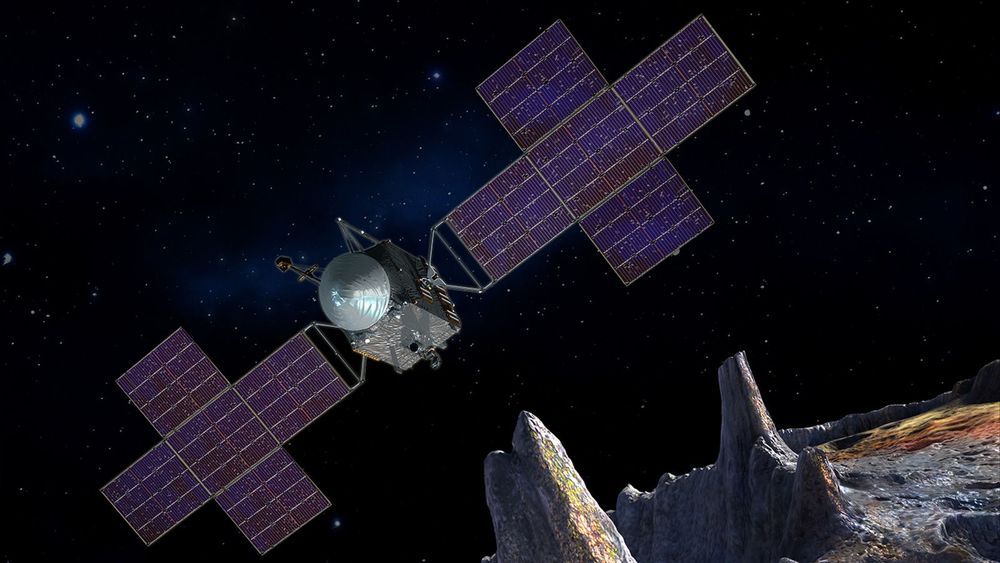
Designed to explore a metal asteroid that could be the heart of a planet, the Psyche mission is readying for a 2022 launch. After extensive review, NASA Headquarters in Washington has approved the mission to begin the final design and fabrication phase, otherwise known as Phase C. This is when the Psyche team finalizes the system design, develops detailed plans and procedures for the spacecraft and science mission, and completes both assembly and testing of the spacecraft and its subsystems.
“The Psyche team is not only elated that we have the go-ahead for Phase C, more importantly we are ready,” said Principal Investigator Lindy Elkins-Tanton of Arizona State University in Tempe. “With the transition into this new mission phase, we are one big step closer to uncovering the secrets of Psyche, a giant mysterious metallic asteroid, and that means the world to us.”
The mission still has three more phases to clear. Phase D, which will begin sometime in early 2021, includes final spacecraft assembly and testing, along with the August 2022 launch. Phase E, which begins soon after Psyche hits the vacuum of space, covers the mission’s deep-space operations and science collection. Finally, Phase F occurs after the mission has completed its science operations; it includes both decommissioning the spacecraft and archiving engineering and science data.
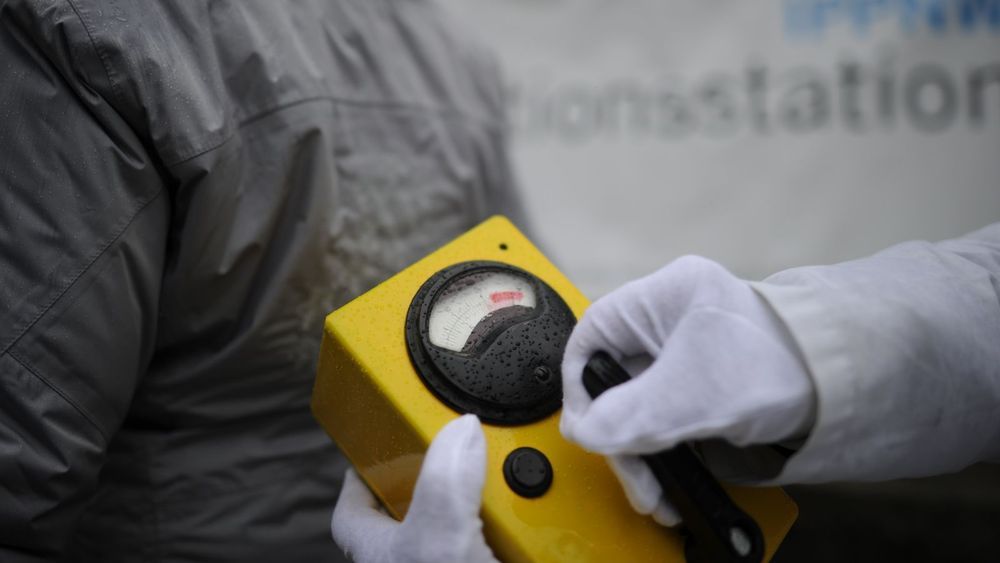
A doctor who treated survivors of a mysterious nuclear accident in Russia was told that the radioactive isotope cesium-137 must have made its way into their body due to “Fukushima crabs,” according to CNN.
The August 8 incident at the Nyonoksa testing range on a platform in the White Sea has not yet been fully explained, but at least seven individuals have been reported dead after what nuclear agency Rosatom described as an accident involving an “isotope power source for a liquid-fuelled rocket engine.” It later emerged that the incident was serious enough that Russian officials in Arkhangelsk wavered over the issue of whether to issue evacuation orders for nearby towns. While several of the personnel deaths were due to an onsite explosion, the Washington Post reported this week (citing the Novaya Gazeta newspaper) that two individuals had died of radiation exposure before they could be taken to Moscow for treatment.
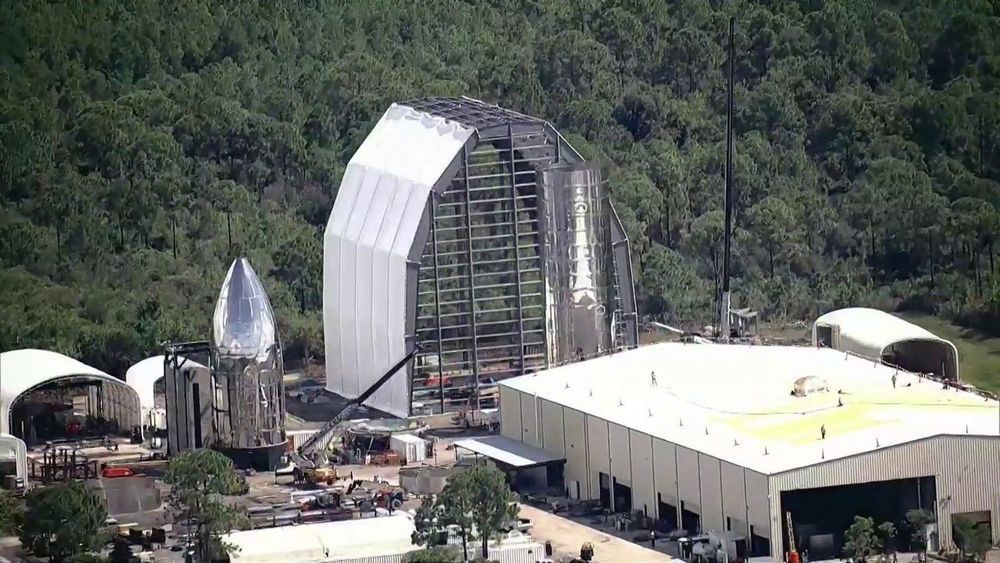
KENNEDY SPACE CENTER, Fla. — Long before SpaceX can fly Starship to the moon or Mars, a prototype of the spacecraft must be moved from its construction site in Cocoa to the Kennedy Space Center for testing.
SpaceX representatives declined to answer News 6’s questions about how the private company will transport the spacecraft more than 20 miles between the two facilities or when the relocation will occur.
However, records obtained exclusively by News 6 reveal that in September the 180-foot-tall spacecraft could be towed along the State Road 528 Beachline Expressway before being placed on a barge in the Indian River for shipment to Launch Complex 39.
The conversation of humans moving out of this planet and exploring others like Mars for the purposes of finding one that can best support life as the earth does is one we have been hearing for quite a while. And with Elon Musk’s SpaceX and the crazy ambition that this billionaire has in mind, the idea has just been growing over the years to a point of influencing other entrepreneurs to have their own space companies that could make this a reality.
With SpaceX now seeming like the leader in the goal of planning the travel to Mars, Elon has been sure to make it clear that his dream goes beyond just that.
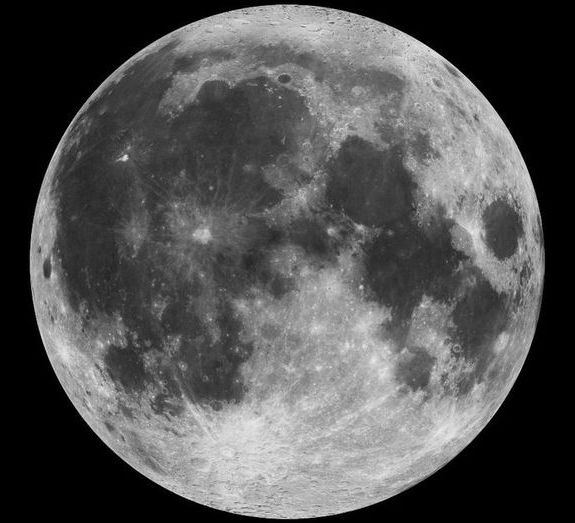
The Moon is a hot destination right now — especially for NASA, which wants to send people back to the lunar surface, but also for the private space industry. The most ambitious private lunar exploits are still many years off, but already, three companies claim they’ll be putting small robotic landers on the Moon in the next two years, amping up a small space race.
So far, no private entity has landed something successfully on the Moon. Only three government superpowers — the United States, China, and Russia — have ever been able to gently touch down vehicles on the lunar surface, and the Indian government may become the fourth in September. An Israeli nonprofit, SpaceIL, attempted to land the first private spacecraft on the Moon in April, but an early engine shutdown caused the vehicle to crash into the lunar surface instead. That means the door is still open for one of these three companies to make the first private lunar landing.
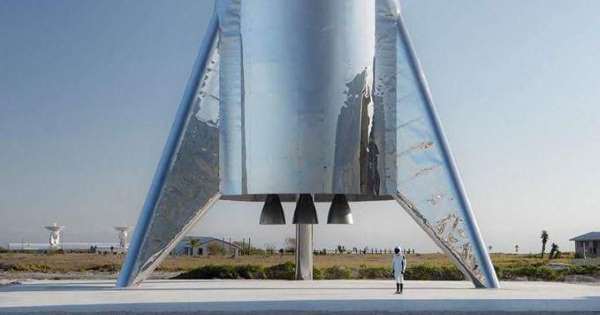
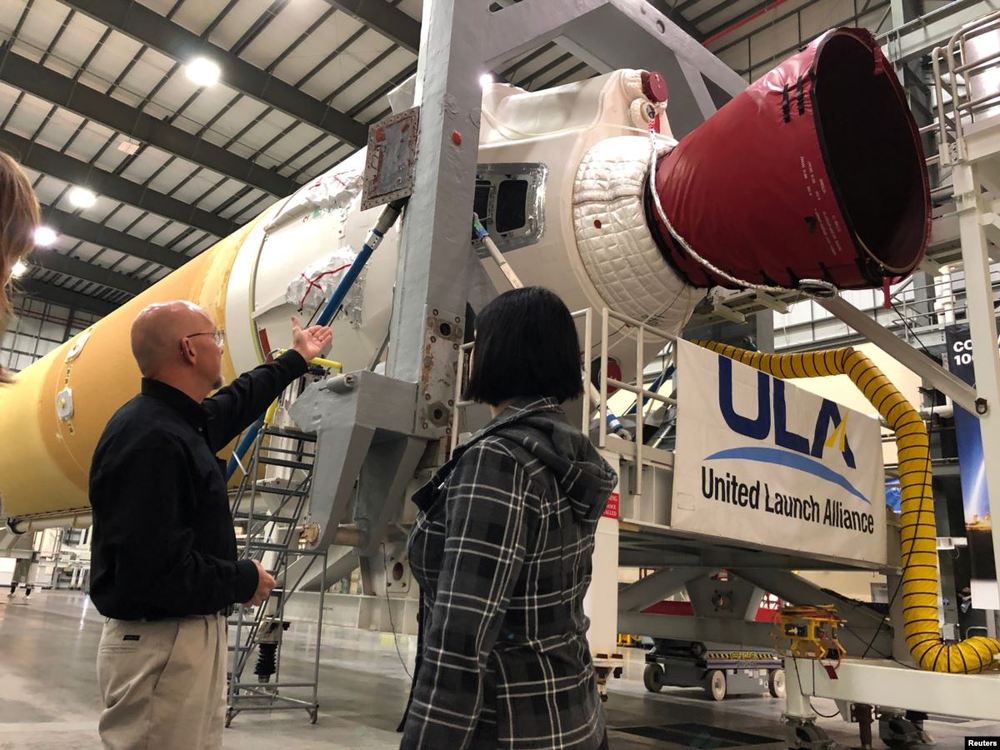
Vulcan rocket on Bezos engines.
The first American spacecraft expected to land on the moon in nearly 50 years will be an unmanned robotic lander.
The aerospace company Astrobotic Technology told Reuters it expects to launch the spacecraft named Peregrine in the summer of 2021 from Florida’s Cape Canaveral. The company said Peregrine will be the first American spacecraft to land on the moon since Apollo astronauts last touched down there in 1972. The mission will bring technology and experiments to the moon to prepare for human flights by 2024.
The spacecraft will use the Vulcan rocket developed by an alliance between U.S. aerospace companies Boeing and Lockheed Martin. Tory Bruno is chief executive of the United Launch Alliance (ULA). Bruno told Reuters, “Our first flight on Vulcan is also the first big step in going back to the moon.”
Is a privately-owned startup based out of New Mexico, USA. Their team leans on expertise gained at NASA, the US Department of Energy, Sandia and Los Alamos National Labs, and the US Air Force. Planetoid Mines’ primary focus is developing the core components that enable asteroid mining. Many of their instruments and tools will be compatible with mining applications on the lunar surface and on Earth.
A lot of activity has been brewing with regards to new space exploration initiatives. Launch costs are plummeting due to market competition and the development of reusable rockets. Additionally, there has been a measurable uptick in growth and investment in commercial space ventures. Every major national space agency has ambitions for operations in lunar orbit and on the lunar surface within the next 5 to 20 years.
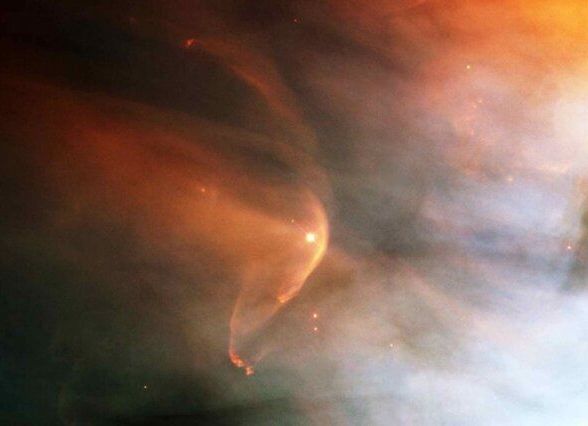
Vast interstellar events where clouds of charged matter hurtle into each other and spew out high-energy particles have now been reproduced in the lab with high fidelity. The work, by MIT researchers and an international team of colleagues, should help resolve longstanding disputes over exactly what takes place in these gigantic shocks.
Many of the largest-scale events, such as the expanding bubble of matter hurtling outward from a supernova, involve a phenomenon called collisionless shock. In these interactions, the clouds of gas or plasma are so rarefied that most of the particles involved actually miss each other, but they nevertheless interact electromagnetically or in other ways to produces visible shock waves and filaments. These high-energy events have so far been difficult to reproduce under laboratory conditions that mirror those in an astrophysical setting, leading to disagreements among physicists as to the mechanisms at work in these astrophysical phenomena.
Now, the researchers have succeeded in reproducing critical conditions of these collisionless shocks in the laboratory, allowing for detailed study of the processes taking place within these giant cosmic smashups. The new findings are described in the journal Physical Review Letters, in a paper by MIT Plasma Science and Fusion Center Senior Research Scientist Chikang Li, five others at MIT, and 14 others around the world.